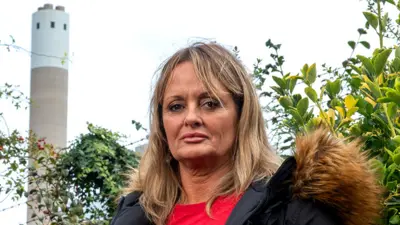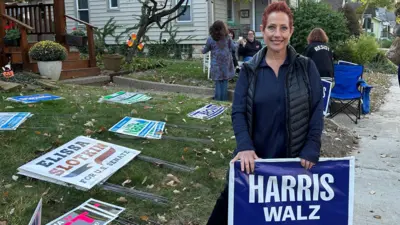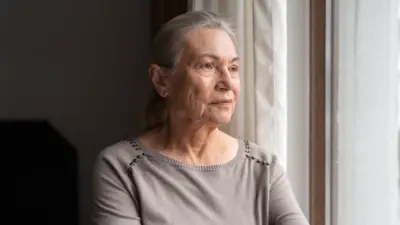We've updated our Privacy and Cookies Policy
We've made some important changes to our Privacy and Cookies Policy and we want you to know what this means for you and your data.
Photographs of Cadbury's 'factory in a garden' on display
Image source, The Bournville Society
In the late 1870s, the Cadbury brothers built a "factory in a garden" as they expanded their increasingly successful chocolate-making empire.
George and Richard Cadbury bought farmland five miles from Birmingham city centre to realise their vision.
The village of Bournville was created for their employees, complete with schools, a railway station, leisure facilities and parks - far removed from the slums associated with many factories of the age.
A new photography exhibition as part of offers a glimpse into a bygone world.
Image source, The Bournville Society
Daniel Callicott, manager of where the photos are displayed, said the pictures were testament to the efforts of George Cadbury, who founded the garden village more than 100 years ago.
He said the 400 "rare" photos had been brought together thanks to the work of members of the Bournville Society, who had researched and sourced them.
Many of the photos show workers enjoying leisure activities.
Over time, swimming pools, football, cricket and hockey pitches and tennis courts were built at Bournville.
Image source, The Bournville Society
The photography exhibition also marks the centenary of the Bournville Works Housing Society. It was founded in 1919 to provide housing specifically for employees of Cadbury Brothers Ltd.
"This exhibition reflects on the life of those living and working in Bournville over the last 100 years - their work, activities, commercial developments and home life," said Bob Booth, chairman of the Bournville Society.
Image source, The Bournville Society
Image source, The Bournville Society
Image source, The Bournville Society
Image source, The Bournville Society
Image source, The Bournville Society
Image source, The Bournville Society
Image source, The Bournville Society
Image source, The Bournville Society
Top Stories
More to explore
Most read
Content is not available








